Today we are looking at the Brightin Star 9mm F5.6 full frame lens for Sony FE-mount.
Recent years have seen a number of new lens manufacturers emerge, many of those coming from Asia. The open-ness of the E-mount platform certainly helped. Some of these manufacturers, like Laowa, quickly made a name for themselves for high-quality optics with unusual characteristics. While lens makers from Japan now lead the photographic world, designers from other countries still have to build their reputations and user base.
One such manufacturer is Brightin Star. The manufacturer proposes several lenses for both full frame and APS-C. These metal-built, manual lenses often cover wide angles or come with small sizes. This is a good way to gain visibility, as OEMs often stay away from extreme lenses and aim for the more mainstream market. For instance, the Brightin Star 9mm offers an ambitious focal length coupled with a more conservative maximum aperture, offering a compact and light package.
In this in-depth review, we take a look at all the technical and artistic parameters which help to define a lens. Read on to find out everything there is to know about the Brightin Star 9mm F5.6 lens!
Table of Contents[Hide][Show]
Specifications
| Lens Name | Brightin Star 9mm F5.6 |
| Optical formula | 16 elements in 11 groups |
| Image circle | Full frame |
| Field of view diagonal | FF: 135° APS-C: 115° |
| Aperture range | F5.6/F22 |
| Aperture blades | 5, straight |
| Aperture ring | Yes |
| Max magnification | 0.05x |
| Minimum focus distance | 0.2m |
| Internal focus | Yes |
| Filter thread diameter | 34mm (on the lens-mount side) |
| Lens cap | Metal, slide-on |
| Lens hood | Petal-shaped, built-in |
| Diameter x Length | 64 x 88 mm (2.5 x 3.5 in) |
| Weight | 470 g (16.6 oz) |
| Price (US MSRP) | $814 (often reduced to $440) |
Construction and Handling
In this section, we take a look at the physical characteristics of the Brightin Star 9mm F5.6.
Front Element
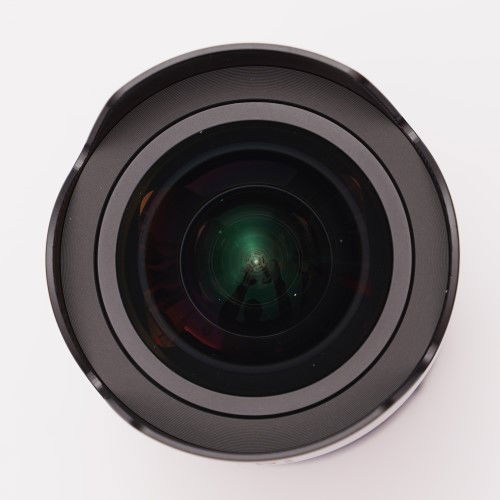
The front of the lens is dominated by the large, bulbous glass element. There are no markings at the front.
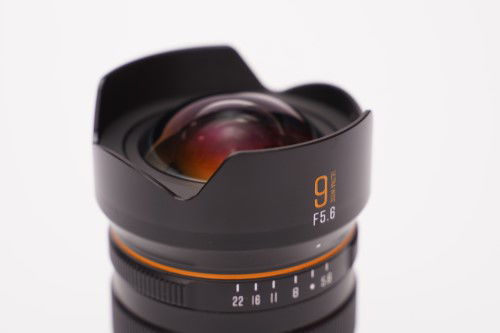
Apart from the fact that the lens does use multi-coating (to be expected), not much is known about the actual coatings of the lens.

The lens does not accept filters on the front, which is to be expected given the rounded shape of the front element. Filters can be used, but they attach on the bottom of the lens, in reverse position. This means polarizers cannot realistically be used. This filter mount uses 34mm filters, a rather uncommon value. Attaching filters without touching their optical surface can be tricky, but practice makes perfect. The mount isn’t too far recessed, at least. The lens ships with an ND1000 filter.
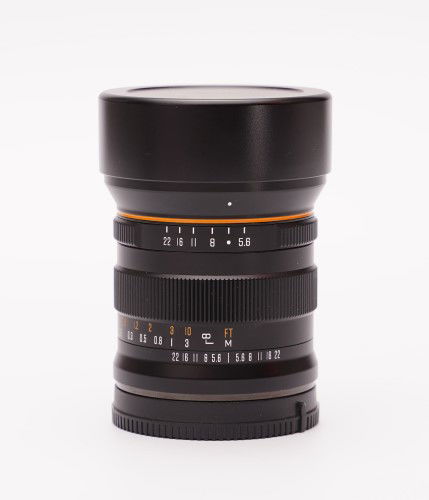
The lens cap is an elegant push-on metal cylinder.
Lens Body
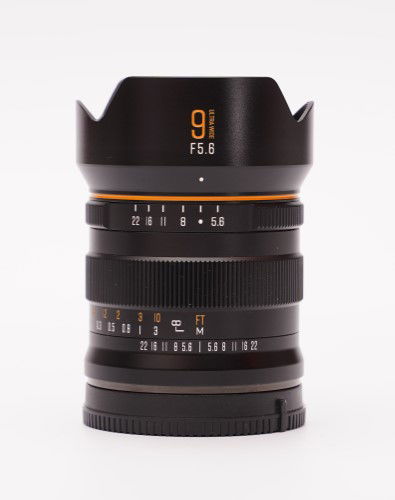
The lens has a surprisingly small size. It is also light at 470g (almost exactly a pound). It feels substantial and solid without being heavy. The lens is entirely made of metal, and feels like a premium, high-quality product. My original reaction was that it was elegant, in an unexpected way. It almost feels like an old-fashioned rangemeter lens. The anodized aluminum has a pleasing texture, lettering is engraved with subtle touches and accents.
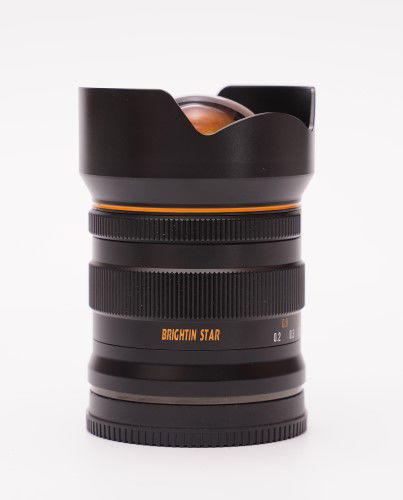
The bottom of the lens tapers in slightly from the mount towards the main shaft. The first element is a series of DOF markings. There are markings for every full aperture value, making this scale genuinely useful. Right above is, as expected, the focus ring. The ring has a wide ribbed section and, of course, markings both in feet and meters. The latter is in white and the former in pale orange, almost yellow. This warm color accent is surprising at first but is a good way to distinguish the brand as Brightin Star is possibly the only brand using it. It doesn’t look tacky or garish, but feels like a noticeable signature accent.
Higher up is the aperture ring. It has clicks at all full aperture values, plus a second click at an unmarked value between F5.6 and F8. The ring operates nicely, with accurate clicks and good friction without going overboard.
The last section is the permanent lens hood. The lens name and characteristics are boldly engraved. Most lenses use a more subdued look, this one is “in-your-face” and it works. Coupled with the yellow-orange, this daring font and styling set the lens apart.
The lens does not extend when focusing. The front does not rotate.
Aperture
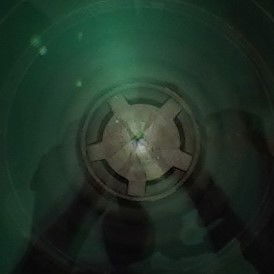
The Brightin Star 9mm F5.6 use 5 strait aperture blades. This may seem paltry but, with such a wide focal length and small maximum aperture, it is unrealistic to aim for subject isolation. As such, no one should put too much emphasis on this aspect of the lens.
Lens Mount

The lens mount is metal, and featureless. There are no contacts apart from the mechanical mount itself. The mount has a gunmetal color finish, a departure from the ubiquitous silvery mounts seen on almost every lens. This doesn’t change anything in practical terms but contributes to the feeling of having a special lens on hand.
Lens hood
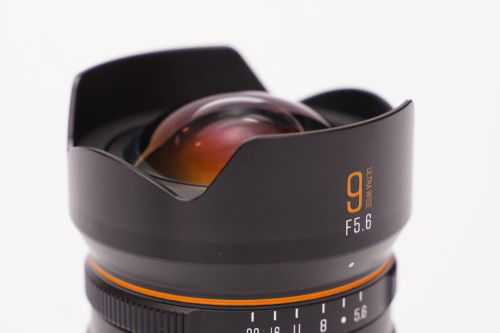
The lens hood is built-in and petal-shaped. It is just tall enough to protect the front lens element.
Mounted On Camera
The Brightin Star 9mm fits well with the diminutive A7C. As mentioned earlier, this combo gives rangefinder vibes.
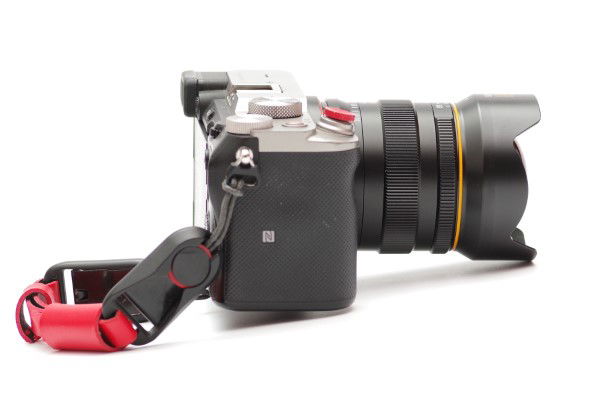

Side by side
Here is the Brightin Star 9mm next to the Tamron 20mm F2.8 and the Tamron 28-75mm F2.8. The lens is obviously narrower than both, and not truly longer than the Tamron 20mm, no small feat.
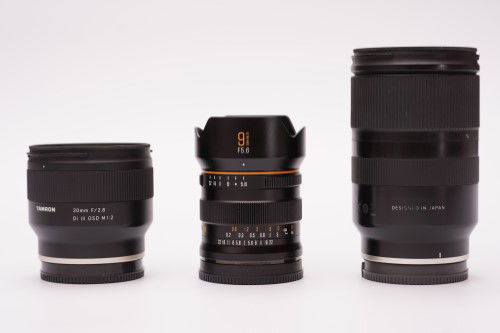
The following image illustrates how the front element differs from that of the Tamron 20mm. The lens itself is smaller, although the glass element is larger,

Focusing
The Brightin Star 9mm F5.6 is a purely manual lens, which of course includes focusing. Given its slow maximum aperture, the lens is more forgiving than some regarding small focus errors. On the other hand, the ultra-wide field of view means it can be harder to see details on-screen and confirm focus. It can be useful to zoom in on the focus point to confirm its accuracy.
The lens offers a 90° focus throw, surprisingly short but perfectly serviceable since the DOF quickly becomes large. Most of this range is at closer distances, as is usual. The focus ring is still enough to ensure it won’t move by accident, but superbly dampened. It has no backlash and is precise in its positioning, providing pleasant feedback.
General Image Quality
Before diving into the technical aspects of this review, let’s have a look at the more subjective elements which can make or break an image.
Field of View
9mm is a field of view that many photographers will never experience in their life. We have tested wide lenses here in the past, but as things get wider, every mm brings an increasingly big impact. For instance, going from 10mm to 9mm has a 3.5% impact on the FOV, for a single mm! At 100mm, a 1mm change would only have a 0.8% impact.

Such a focal length is resolutely geared towards landscapes, architecture and interior photography. The Brightin Star 9mm keeps distortion under reasonable control, as will be discussed below, which is helpful for these types of photography. Nevertheless, with such a rectilinear focal length, edges will appear stretched. This means portraits are not the best use case for this lens (or any ultra wide lens, really).
At this focal length, it is common to have objects unexpectedly appear in the frame. Care must be taken when framing to avoid such issues. For instance, the image below shows the St-Lawrence river where it is several kilometers wide. The composition shows the ground near the camera, the river, the opposite shore, and the sky… along with a tree branch which was directly above the camera!

Color and Contrast
The Brightin Star 9mm generally produces pleasing and true-to-life colors. Sarutation is less punchy than with most Sony lenses; increasing it in post-processing is likely to improve things. More neutral results can be beneficial, in fact, since they lend themselves better to post-processing.

Starbursts
Starbursts are beautiful with the Brightin Star 9mm. With only 5 straight aperture blades, this doesn’t come as much of a surprise but it is still welcome. Wide open, the aperture blades are hidden and there are no well-defined rays. Closing down just one stop (bringing the aperture to F8, still!) shows nicely shaped starbursts, which don’t truly improve anymore at smaller apertures.

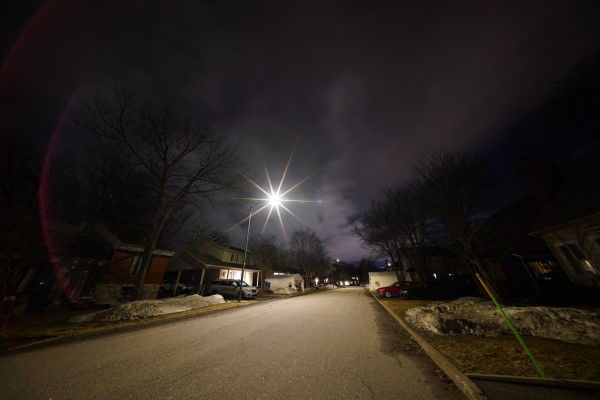
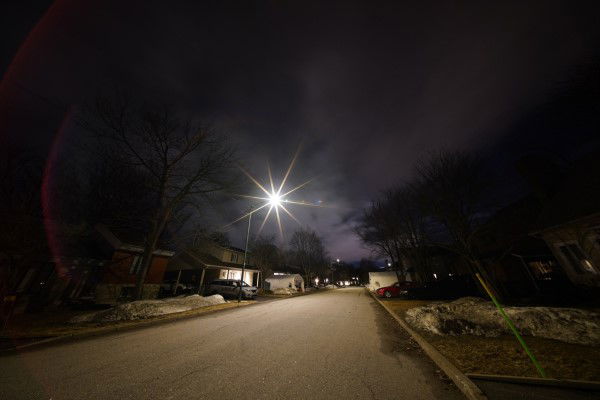
Metering and Exposure
We observed that, in contrasty scenes, especially with a bright light source in the frame, shadow areas were darker than expected, while brighter areas retained the expected exposure. With such a wide field of view, it is to be expected that that sun or another light source is likely to enter the frame, so this is something to be aware of. This matter is as much caused by the camera than the lens, and it was easy to recover shadows in post-processing, but it is still worthy of mention.

Sharpness
Sharpness, or a lens’s ability to resolve small details, is far from the only important characteristic of a lens, but it is probably the one which many users look at first. Soft images distract the viewer and the sharpest point in an image draws the eye.
There are several ways to measure resolution. Some are quantitative, such as the number of lines per millimeter that can be resolved, while others are comparative, such as using a standardized scene to pit lenses against one another. We will use the latter, and supplement it with real-life examples below.
To evaluate sharpness, we use a standard test chart that can be used to compare lenses to one another. We place the camera and lenses at a distance of 100x the focal length, so that the chart occupies the same area on all test images. This results in a distance of 0.9 m in the present case. The chart is positioned successively in the center, on the edge and corner off the frame, testing all apertures each time. Focus is repeated for each position to avoid field curvature contributions.
This test will not show how good a lens can be. Quite the contrary, it is a stress test to illustrate the limits of a lens’s capabilities.
Resolution is of course sensor-relevant. For this test we use the A7C camera’s 24 MP sensor.
Test results at 9mm
The following images illustrate the results at all apertures.

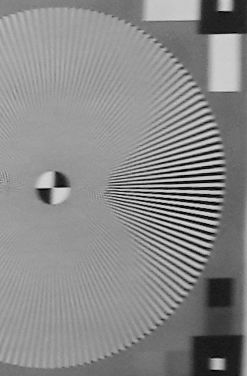


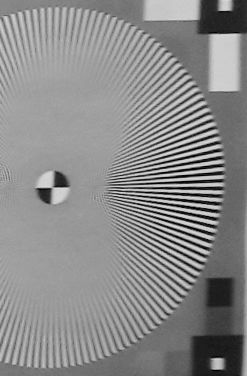
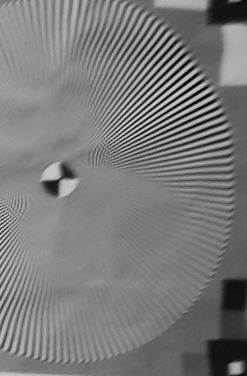
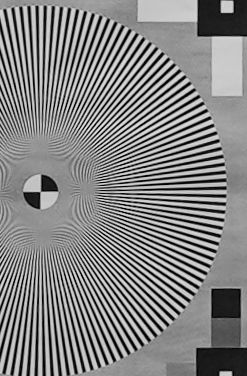
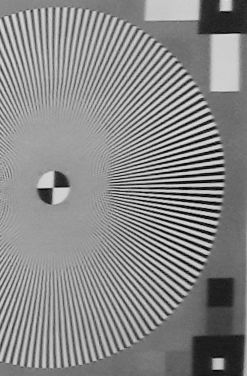
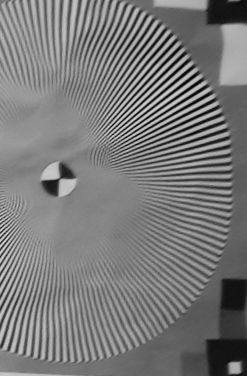
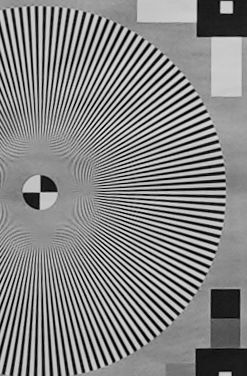
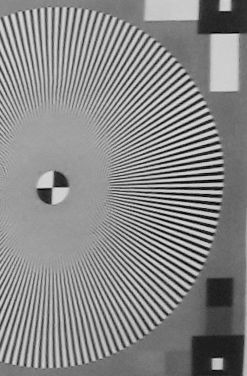

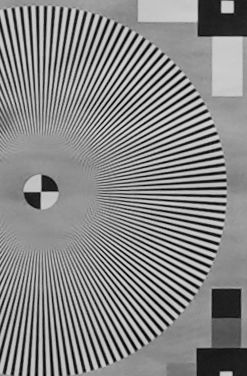
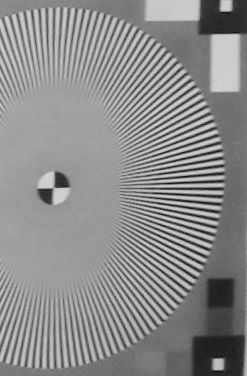

Center sharpness already excellent at F5.6, the widest available aperture. That is better than expected. Resolution remains essentially similar at all aperture, except at F22 where a small decrease is observable. This is no small feat: less ambitious lenses do not always offer this level of resolution.
Edges and corners are never as good as the center, not even close. What’s more, they are never “good” in their own right. F11 and F16 show the best results, but even then sharpness is passable at best. Rest assured that this is not simply field curvature. We refocused each time to acquire edge and corner samples.
Note that what is here defined as the “center” region actually covers a significant part of the frame, so there is some leeway in subject positioning. Still, uniformity across the frame is never high, a disappointment for a lens which will certainly be used for landscapes and architecture.
Summary
The Brightin Star 9mm F5.6 delivers razor sharp images, in the center, at all apertures. That is commendable.
It fails to reach even good levels on the edges and corners, sadly.
Vignetting
Vignetting, or the darkening of corners at wider apertures, is both a defect and a feature, as it can be used creatively to put emphasis on subjects closer to the center, create a mood or a vintage look. It can also be corrected automatically by modern cameras so is less of a problem than in the past. That is only true for lenses with electronic contacts, which excludes the purely mechanical Brightin Star 9mm.
The following chart illustrates the vignetting of the lens for full frame when left uncorrected.
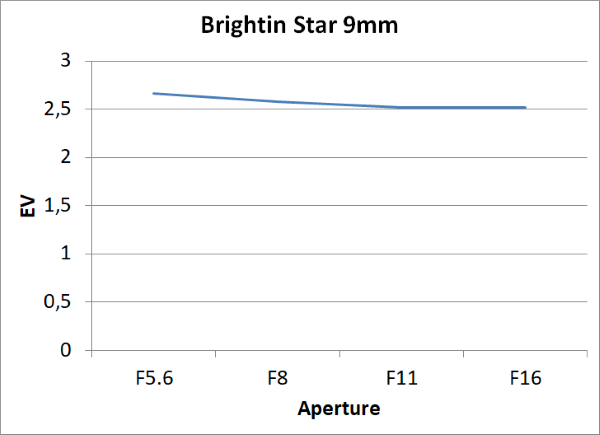
Vignetting with the Brightin Star 9mm is strong at all apertures. This is surprising, and disappointing, since the lens only has a maximum aperture of F5.6. We could rightly expect vignetting to be moderate at such small apertures. To the contrary however, vignetting remains above 2.5 EV at all apertures. We consider vignetting to be noticeable above 1 EV; the Brightin Star 9mm’s vignetting will always be visible on uniform surfaces such as the sky.
The images below show the lens’s vignetting at varying apertures on full frame.




Bokeh
Bokeh is a Japanese term describing the quality of the background blur. It does not relate to the depth of field but to the areas in the image that are beyond the range that is expected to be in focus.
Bokeh is highly subjective. In general, a smooth bokeh with blurred shapes and contours is generally perceived as being of a higher quality. A shallow depth of field does not always equate a more pleasing bokeh.
To evaluate the characteristics of the background blur, we took pictures at varying apertures, using a scene with a lot of detail and bright highlights. The small maximum aperture doesn’t lead us to expect particularly breathtaking results.
Highlights, while not particularly visible given the deep DOF, are pleasantly shaped. Out of focus textures, when manifest, also have a smooth finish without harsh shapes or transitions. The lens does surprisingly well regarding bokeh.
The images below are examples of the lens’ rendering.
Flare and Ghosting
Flare is a decrease in contrast caused by reflections on internal lens elements. Ghosting is the appearance of orb-shaped artifacts in an image containing a light source, caused by the same internal reflections. High-quality coatings reduce the importance of flare and ghosting in an image.
We test flare and ghosting by taking pictures of a bright light source positioned at the center and on an edge of the frame, at varying apertures.
Test results at 9mm
The Brightin Star 9mm is an ultra-wide lens with a highly curved front element. As such, it wouldn’t be surprising to see it generate strong flare.
With the light in the center, the Brightin Star 9mm F5.6 shows some flare, but the amount is actually well controlled. The aperture setting has little impact. Flare manifests as a series of three rings around the light. At F5.6 only one ring is visible. A second one appears as soon as the aperture blades come into the light path. It is apparent close to the edges of the image. The third also appears at F8, and is mostly gone by F16. These results are not perfect, but better than expected. There is no decrease in contrast, no ghosts, and thus the impact on images will remain small.
With corner illumination, a diagonal streak extends from the light source to the opposite corner. It is made of a series of ghosts which never disappear or change in number, only becoming smaller and more defined at smaller apertures. Red halos at both ends also become brighter and smaller (their illumination becoming more concentrated) at smaller apertures, never fully going away. Again these results are not overly surprising, and not dramatic, but be aware that, as with any ultra wide lens, flare will never completely disappear.
Chromatic aberration
Chromatic aberration (CA) occurs because different colours do not always have the same focal point. With modern lenses designs, which are better corrected than vintage designs, this is more likely to occur in out-of-focus areas. CA effects are more visible near fast transitions from bright to dark areas.
Most modern cameras have built-in tools to remove CA. Digital manipulations can have an impact on other aspects of an image, thus it is useful to know how a lens performs when those automatic corrections are disabled. In the case of a purely manual lens, of course, there are no built-in corrections possible, although post-processing software can correct CA.
Our test sets up the camera at 45° and focuses on the center of the frame, with targets at the center, top and bottom. Images are captured at varying apertures.
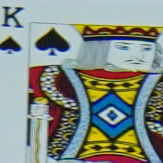
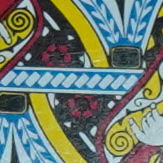
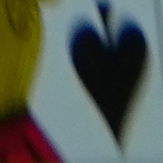
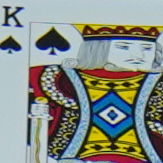
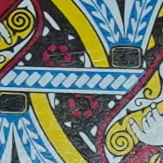
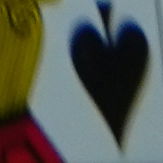

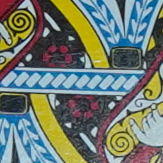
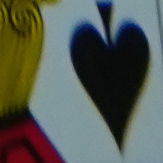

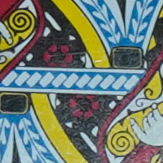

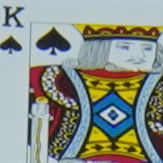
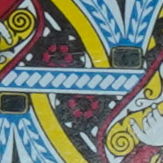
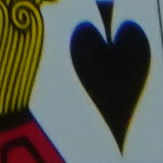
Chromatic aberration is almost absent. This is superb, truly. The only hint of the effect is a blue edge on the bottom section, becoming thinner but more defined at smaller apertures. It never fully goes away but won’t be bothersome in most scenarios.
Distortion
Distortion refers to a lens’s ability to represent straight lines as straight lines… Wide angle lenses frequently generate barrel distortion, while longer focal lengths are more likely to cause pincushion distortion.
The Brightin Star 9mm is an ultra-wide lens. These inevitably generate more distortion than a more normal focal length, but in recent years designs have improved tremendously and distortion is, in general, better controlled than in the past. As a purely manual lens, there is no built-in correction for this lens.
We use a standard test pattern of straight lines.
The image below show the uncorrected distortion figure.
9mm

The Brightin Star 9mm produces 1.7% of distortion, a moderate value, but still fully noticeable in normal shooting conditions. It is not surprising, and its impact will vary depending on the scene, number of straight lines, tilt of the camera and so forth.
Sample images
Here is a gallery of samples images captured with the Brightin Star 9mm. You can click on individual images for a larger view.


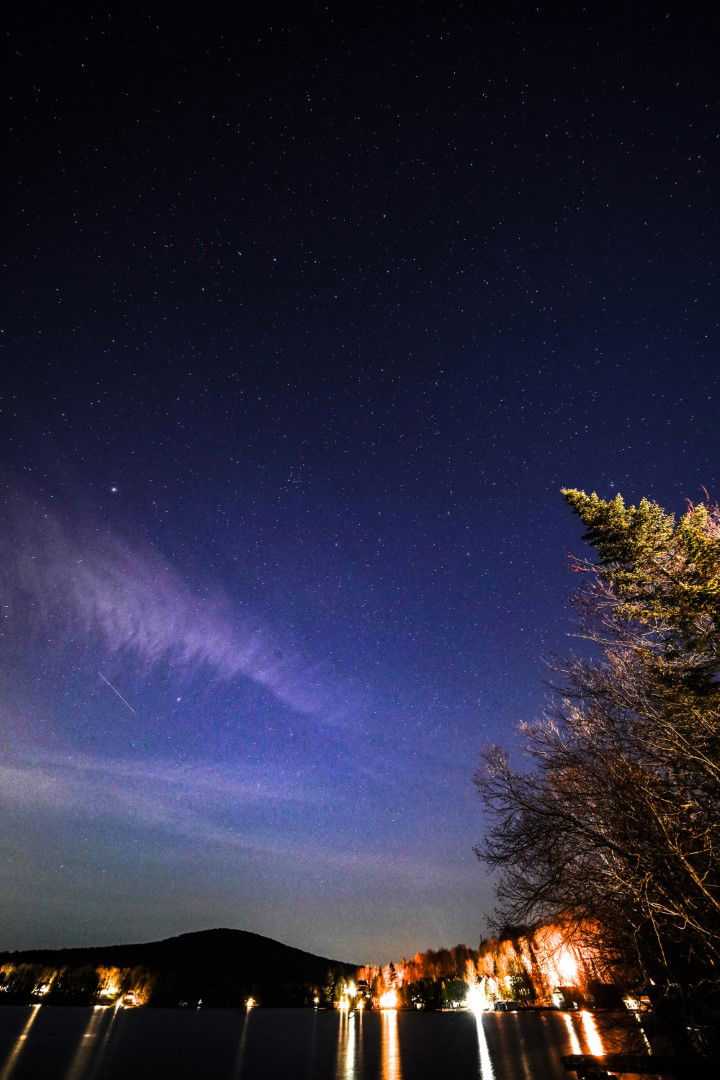
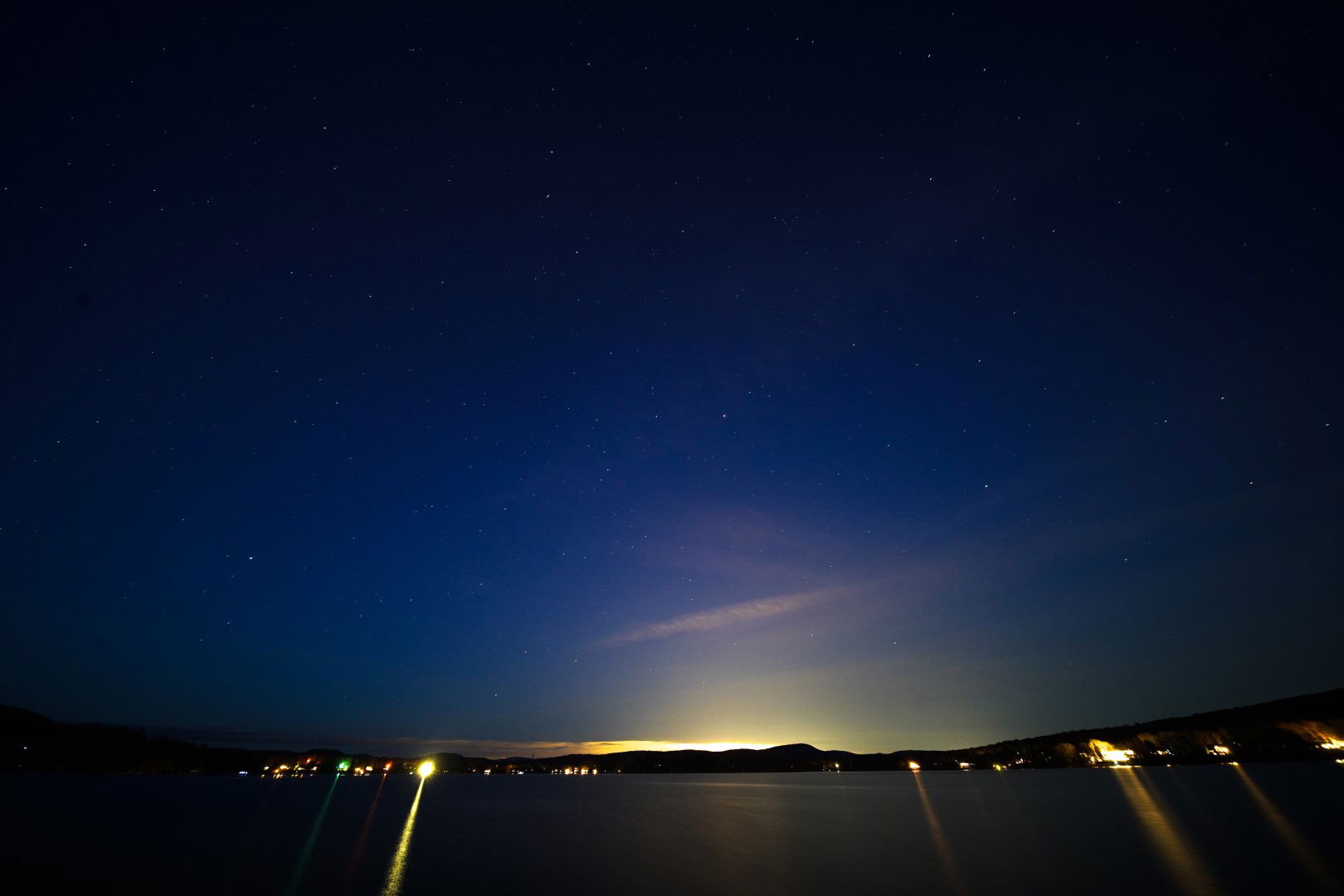


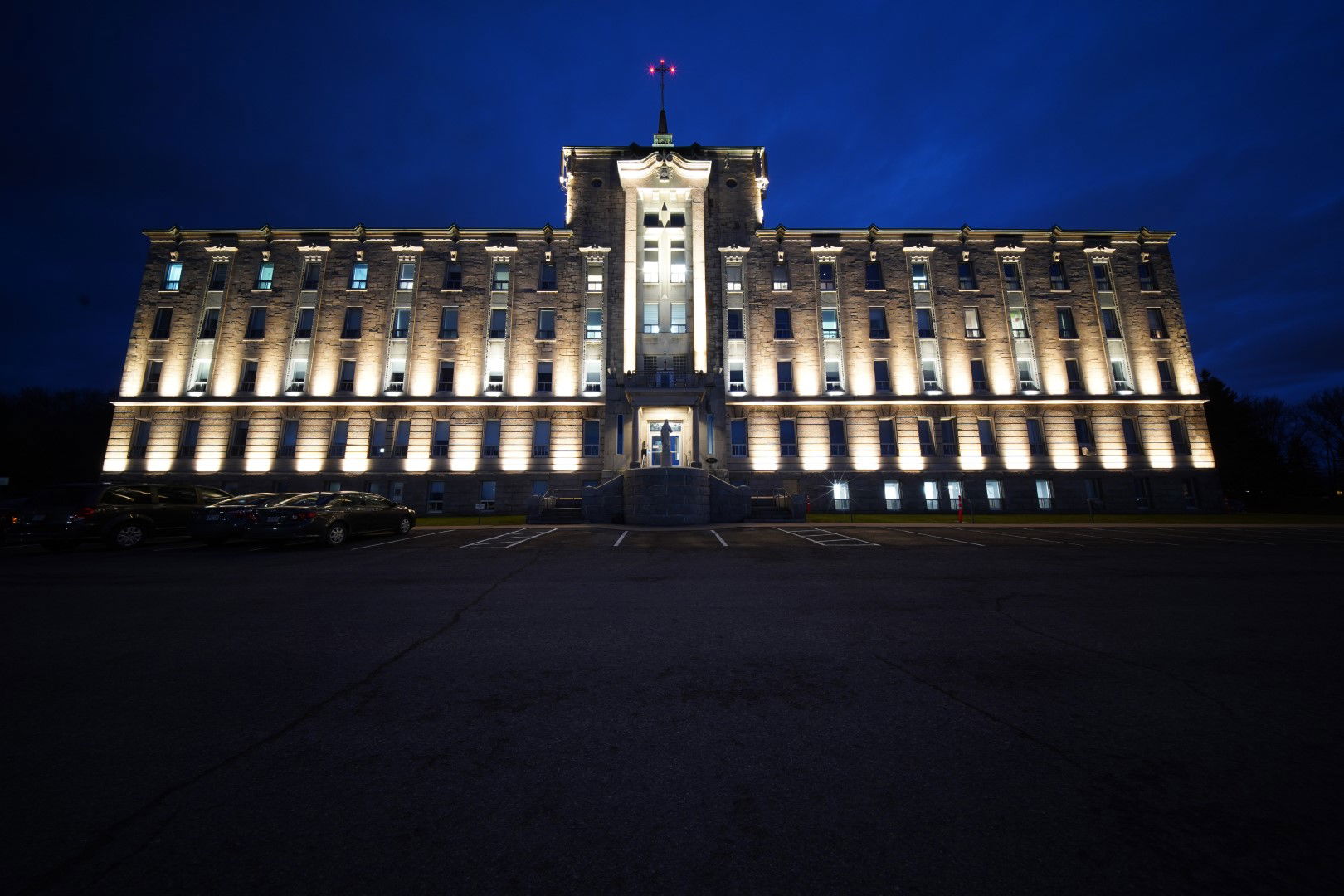
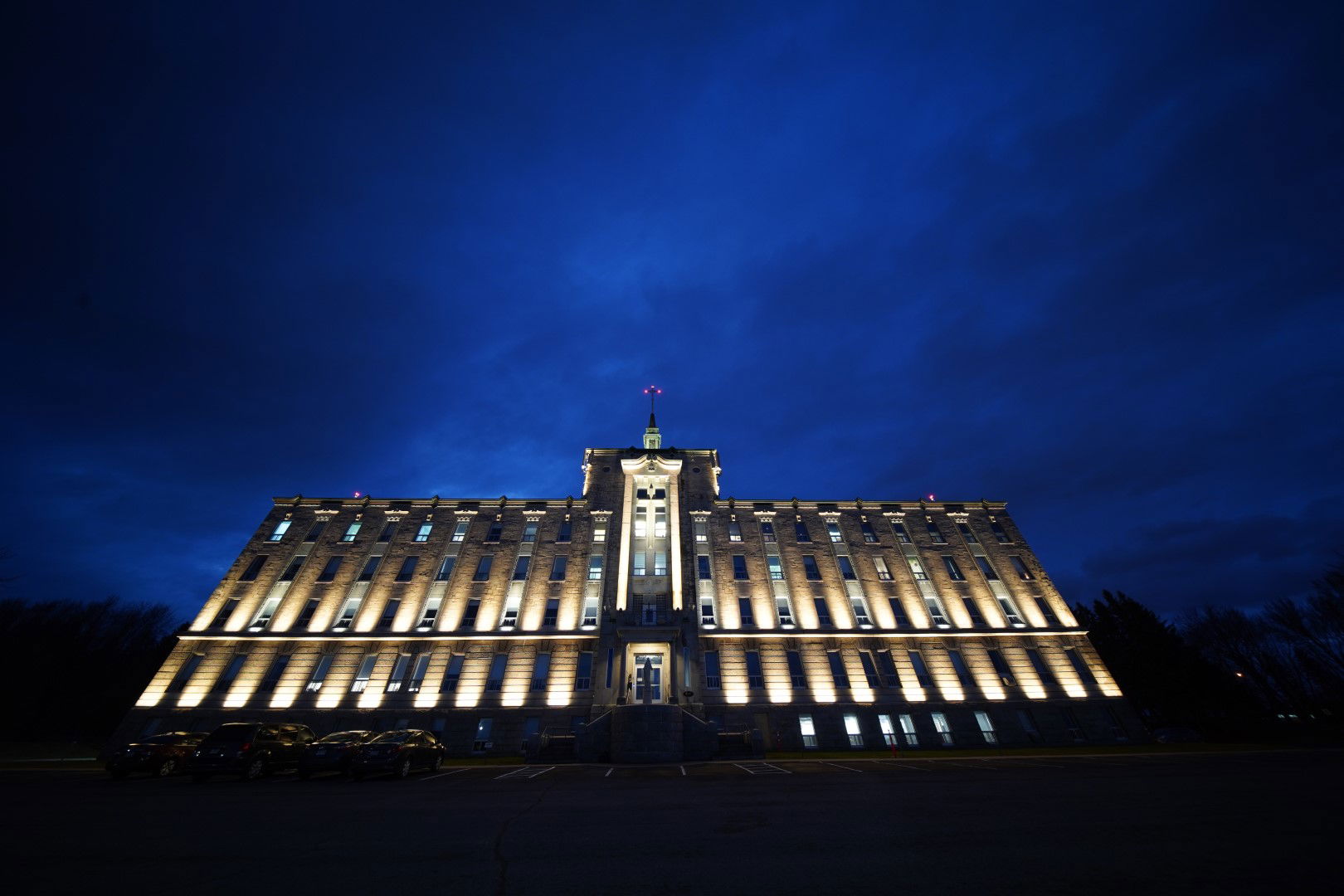
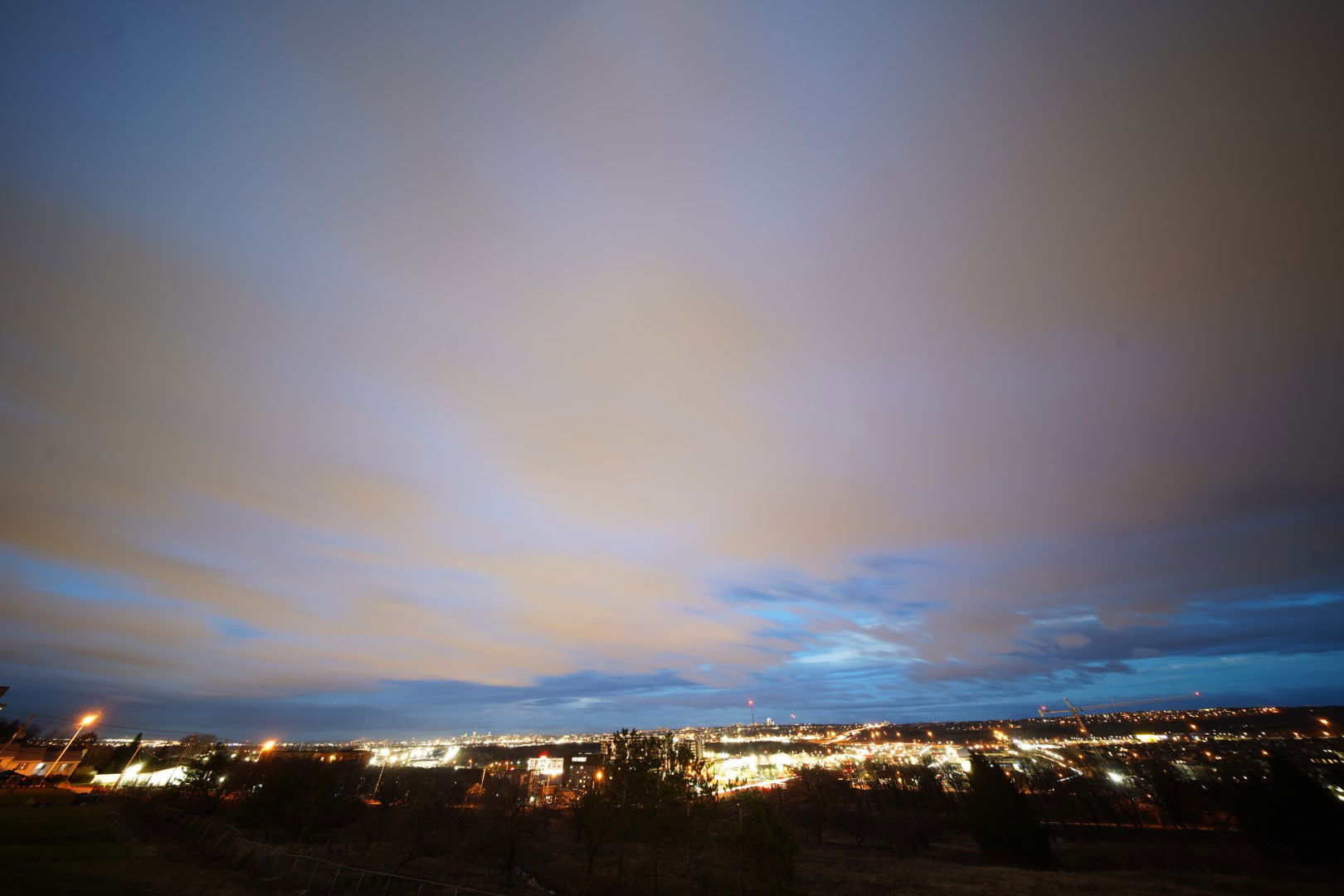




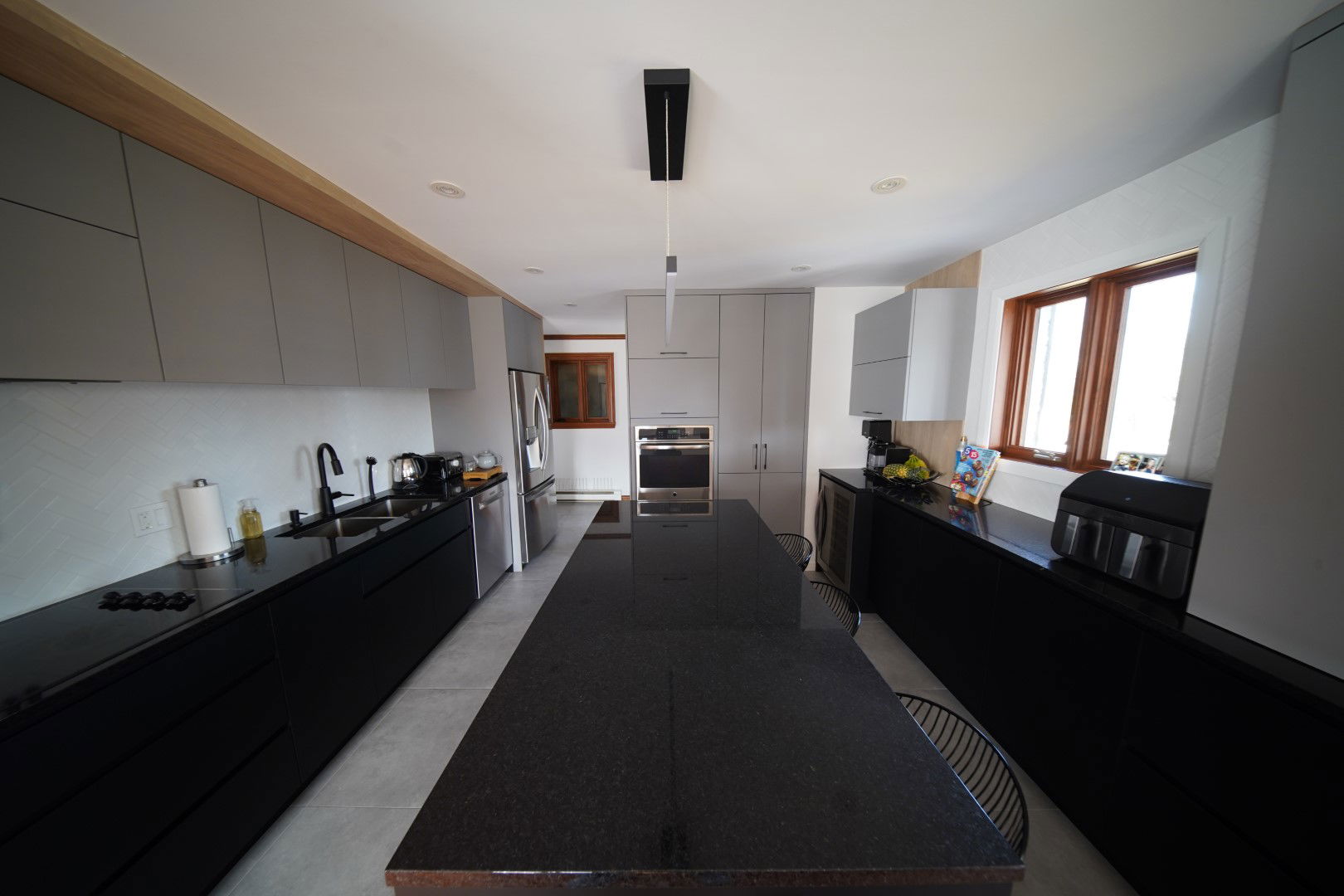











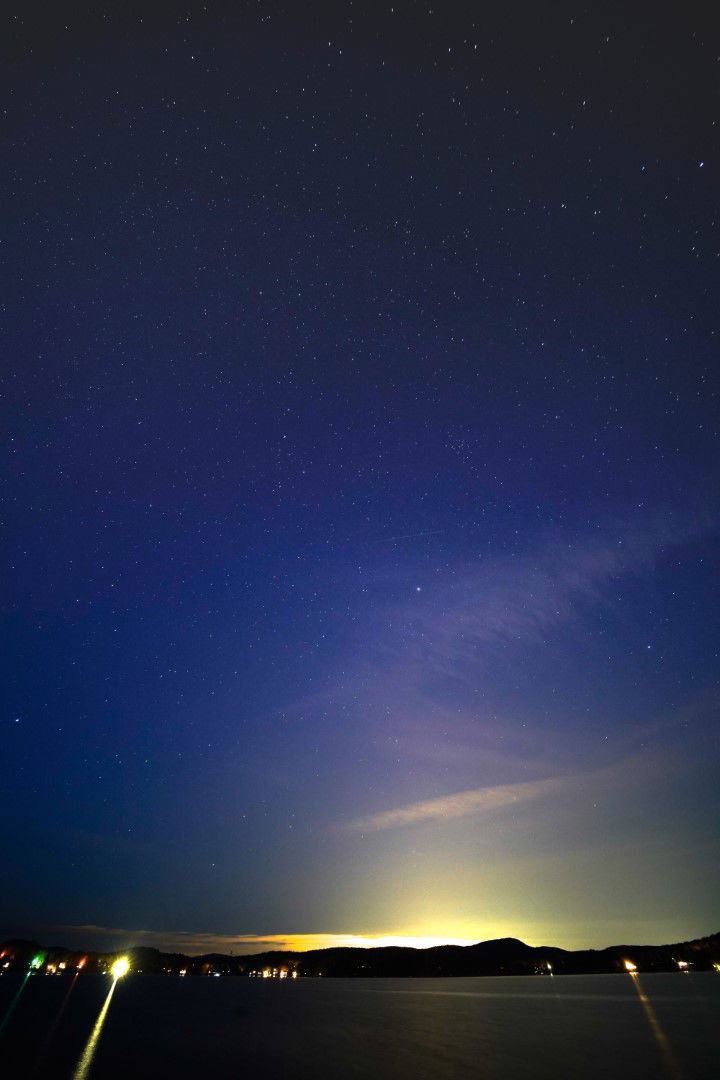

Conclusion
Brightin Star is a manufacturer not as well known as the big players, but the company wants to make a splash by avoiding “me too” products and instead release niche and unique products. The 9mm F5.6 is a fine example of this.
The Biotar’s build quality is superb. It is compact, elegant, robust and has some distinctive accents. The fully manual body is entirely made of metal, nicely engraved, and the company used a yellow-orange lettering as a unique visual signature. The rings operate smoothly, with good feedback and little-to-no backlash.
The focal length is a true differentiating feature, as the number of comparable is limited, and most equivalent lenses start at or beyond 10mm. At these values, even a single mm has a big impact on composition.
Optically, the lens is not without a few compromises, but also some strengths. First, center sharpness
Flare is present, but well controlled, and possibly better than expectations for a 9mm lens. Contrast is preserved and the flare/ghosting artifacts are not overwhelming. Vignetting is present, and strong, at all apertures. It is certainly a weak point. Distortion is also present at 1.7%. This is better than many other lenses, especially ultra-wide, but will still be noticeable. Chromatic aberration is well controlled.
Bokeh is not a highlight of the lens, but what little out-of-focus can become apparent in images despite the wide focal length and small maximum aperture will be pleasant and without harsh textures or transitions.
Focusing is fully manual, with a pleasingly dampened focus ring, a short throw, and good accuracy. Locking focus can be tricky, but that is to be expected with any manual lens.
In general, the Brightin Star 9mm F5.6 is a lens made to be used at F8 or below. This is where it shines and creates its best images.
With a street price often below $450 USD, the Brightin Star is a compelling package for users looking for a wide field of view in a compact package. The lens is rugged and solid, easy to carry around, capable of capturing images that other lenses simply cannot, and do so dependably. It has some optical limitations, namely vignetting and its small maximum aperture, but there is an argument to be made for this kind of package at this price point. Perhaps more importantly, it is a fun lens to use, and one that’s likely to often be taken out of the bag!
Pros
- Beautiful, compact and robust metal body
- Rare 9mm focal length
- Excellent center sharpness
- Controlled flare with no decrease in contrast
- Accurate manual focus
- Distortion is present but moderate
- Low street price
Cons
- Strong vignetting
- Edge and corner sharpness never impressive
- Some limited CA
Before You Go
Do you already own this lens? Are you curious about it? If you do, we’d love to hear your thoughts in the comments below.











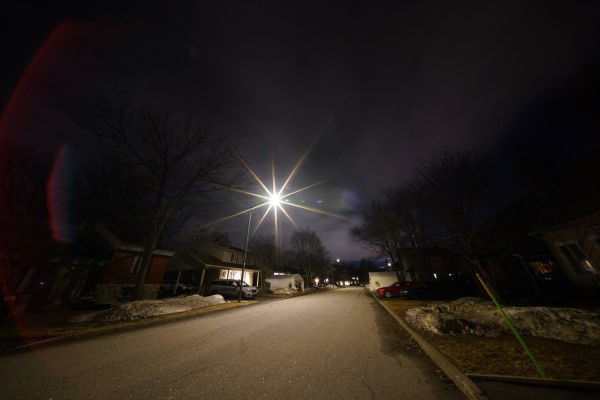
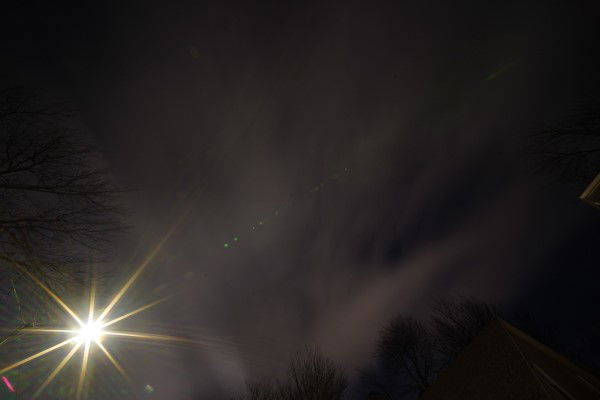

Leave a Reply